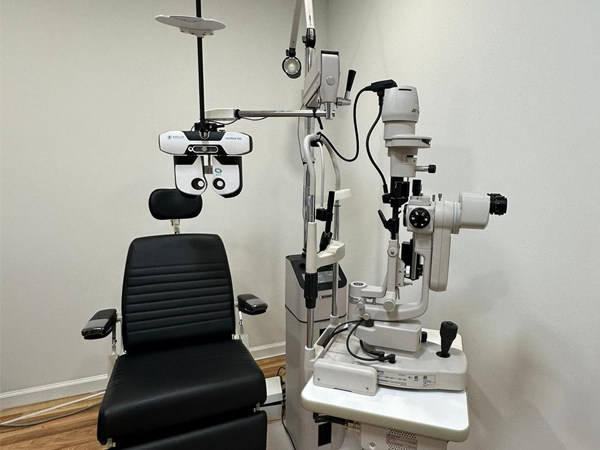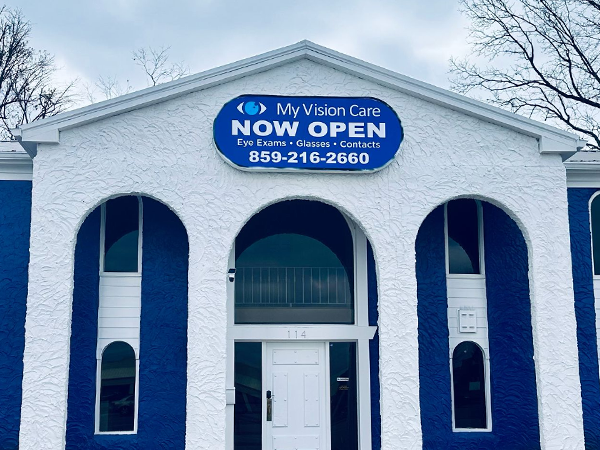Medical Eye Emergencies

Ensuring Prompt Treatment for Eye Emergencies
Eye emergencies encompass a broad spectrum of incidents and conditions, including trauma, cuts, scratches, foreign objects in the eye, burns, chemical exposure, photic retinopathy, and blunt injuries to the eye or eyelid. Due to the eye’s delicate nature, any of these issues can lead to serious complications if not promptly treated, potentially resulting in partial vision loss or even permanent blindness. Urgent medical attention is crucial not only for injuries but also for certain eye infections, medical conditions like blood clots or glaucoma, and eye issues such as a painful red eye or sudden vision loss unrelated to injury.
Symptoms of Eye Injuries
Eye injuries can vary widely in their symptoms and severity, ranging from minor irritation to serious conditions that threaten vision. Immediate recognition and proper treatment are essential to prevent long-term damage.
Recognizing Symptoms of Eye Injury:
Eye injuries can present with a variety of symptoms that should not be ignored. These include visible bleeding or discharge from the eye, bruising around the eye socket, changes in vision such as double vision or sudden loss of vision, unequal pupil sizes, severe eye pain, and new or persistent headaches. Itchy, red, or bloodshot eyes, along with a feeling of something in the eye, can also signal underlying issues. Immediate medical attention is crucial if any of these symptoms occur, as they may indicate serious conditions like glaucoma, retinal detachment, or trauma-induced injuries.
Types and Causes of Eye Injuries:
Eye injuries stem from various causes, each requiring specific management. A black eye, often from direct facial trauma, results in bruising and discoloration of eyelids and surrounding tissues, changing over time. Trauma can cause internal eye damage like hyphema (blood in the front of the eye) from sports injuries. Chemical burns from household or industrial chemicals need immediate rinsing with water or saline to minimize corneal damage. Photic retinopathy, due to prolonged exposure to intense light sources like the sun or welding arcs, requires urgent evaluation to prevent permanent retinal damage. Applying a cold compress and avoiding actions that worsen the injury, such as rubbing the eye or trying to remove foreign objects, are crucial steps before seeking medical assistance.

Preventing Eye Injuries
Safety Measures and Immediate Medical Attention
Eye injuries are unpredictable and can occur in various settings, from high-risk activities to everyday environments. Several proactive steps can be taken to minimize the risk of eye injuries. Always wear protective eyewear when using power tools or participating in sports known for potential eye hazards. Follow safety instructions meticulously when handling chemicals or cleaning agents to reduce the risk of splashes or exposure. Keep sharp objects such as scissors and knives safely stored away from young children, and maintain a safe distance during amateur fireworks displays.
Seeking Immediate Medical Attention
In the event of an eye injury, seeking immediate medical evaluation is crucial to minimize the risk of permanent eye damage.
Frequently Asked Questions
1. What should I do if I get a chemical substance in my eye?
Immediately flush your eye with clean water or saline solution for at least 15 minutes. Seek medical attention promptly.
2. How can I tell if an eye injury is serious?
Symptoms like severe pain, loss of vision, abnormal pupil size, or bleeding from the eye indicate a serious injury. Seek immediate medical help.
3. What should I do if I have something stuck in my eye?
Do not rub your eye. Try blinking to see if tears will wash it out. If unsuccessful, seek medical assistance to avoid further damage.
4. What is a black eye and how should it be treated?
A black eye results from trauma causing blood to collect under the skin. Apply a cold compress and avoid pressing on the eye. Seek medical advice if vision changes occur.
5. How can I protect my eyes during outdoor activities?
Wear protective eyewear to shield against debris, UV rays, and impacts during sports or work involving high-risk environments.
6. What are the symptoms of photic retinopathy?
Symptoms include blurred vision, sensitivity to light, and a central blind spot. Immediate evaluation by an eye specialist is necessary if exposed to bright lights for extended periods.
7. What should I do if I suspect someone has an eye injury?
Encourage them to avoid rubbing the eye and seek medical help immediately. Cover both eyes with a clean cloth or sterile dressing to prevent further damage.
8. How can I reduce the risk of eye injuries in children?
Keep sharp objects out of reach, use safety gates near stairs, and supervise children during play to prevent eye injuries. Regular eye exams can also help detect issues early.




